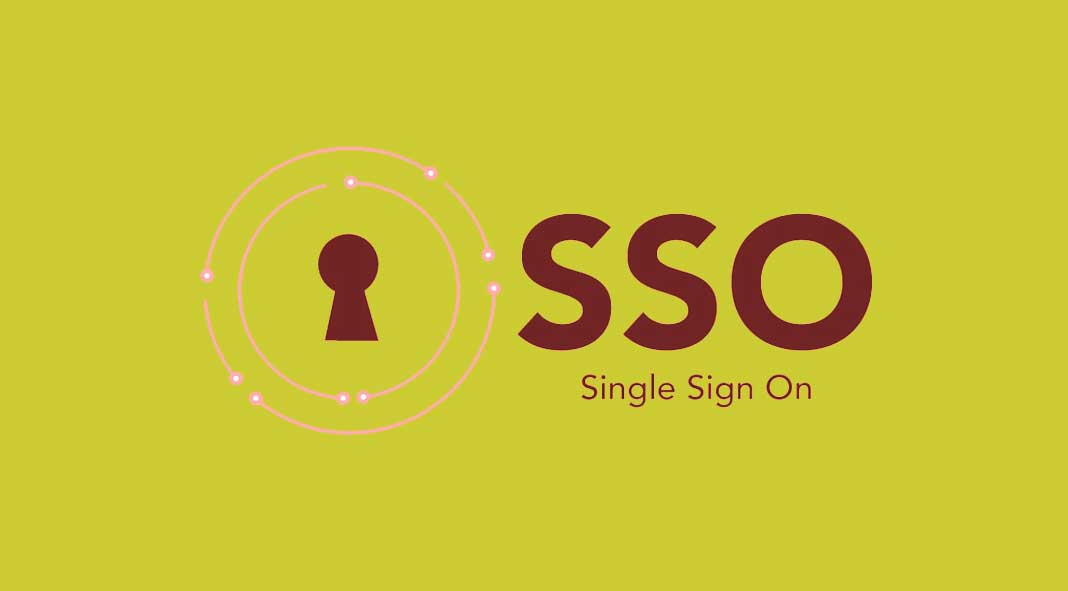Most internet users are fed up with creating, remembering, entering and changing login credentials for their multiple accounts. Whether it is a social media account, shopping website account, bank application or work-related account, everyone has to have credentials and remember them.
If you are a network owner and want to make it easy for your employees to enter the workspace online, incorporate the single sign-on authentication system.
In this blog, we discuss SSO authentication and its multiple benefits.
Explain Single Sign-On Authentication
When a network allows access to all its applications after you authenticate your identity at one verification checkpoint, it is an example of a single sign-on authentication system. Here, you log in once and then can access any application.
For instance, networks like Google, Facebook, and Amazon allow access to their services by authenticating user identity at a single point, thanks to the SSO authentication system.
Advantages Of Single Sign-On: Unveiling the Complete Potential
More Employee Productivity
With single sign-on authentication, employees no longer need to remember multiple credentials, i.e., usernames and passwords for all the tools and segments of the network, for accessing various work applications.
When they log into the network once, they gain access to all the tools they need to perform their operational tasks.
This process significantly reduces the time spent on creating, changing, remembering and entering credentials. It also saves time and energy, allowing employees to focus on what is actually needed.
Better User Experience
One of the main benefits of SSO is that it simplifies the login process by eliminating the need to manage passwords and usernames. The streamlined access improves user satisfaction by reducing the frustration that follows repeated attempts to log in.
As a business network owner, large organisation or customer-facing application, the single sign-on authentication allows you to foster a seamless digital experience.
Reduces Password Vulnerabilities
Weak and repeated passwords cause security threats. With cyber security threats and cyberbullies waiting for a single blunder, such vulnerabilities can cost you a lot. One of the primary advantages of a single sign-on system is that it reduces these vulnerabilities and enhances the organisation’s security position.
No Password Fatigue
Imagine hosting multiple applications and having your users remember passwords for all of those. Chances are, your users will repeat a single password, use personal information as a password, create a weak password or forget to change passwords periodically. This is called “password fatigue.”
All of the above events cause password vulnerabilities, leading to security issues. With single sign-on authentication, your users do not have to go through all of that. A single strong password that can be updated occasionally is enough to access all the necessary applications.
Integrable With Strong Authentication
Single sign-on authentication can be combined with a risk-based, two-factor or multi-factor authentication mechanism.
RBA is a tool that assesses the context of each login attempt. Two and multi-factor authentication add multiple layers to the identification and authorisation process.
By leveraging these mechanisms, you can ensure that SSO grants access securely, enhancing protection against unauthorised access.
Conclusion
In conclusion, you can incorporate single sign-on authentication into your network to enjoy the above-listed benefits. By simplifying the login process and minimising security risks, you can ensure customer and employee satisfaction.
The best single sign-on providers ensure that the solution is in place, configured, and customised to align your business needs and optimised to perfection. Overall, the benefits of SSO extend to every section, i.e., customers, employees and your business.
Also Read: How To Better Protect Your Data & Passwords On Google Chrome Browser

